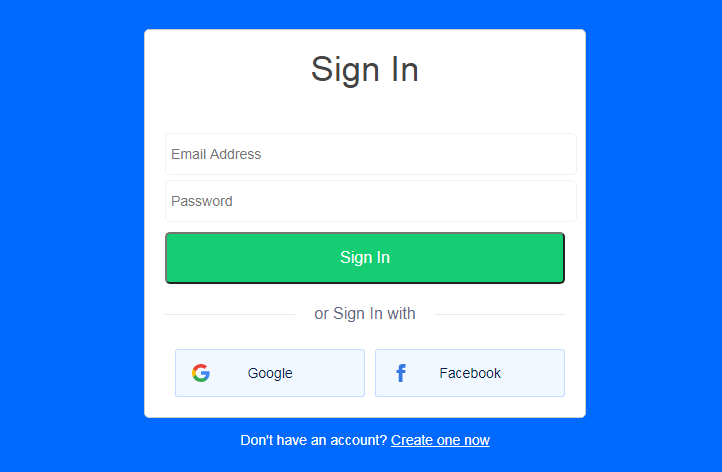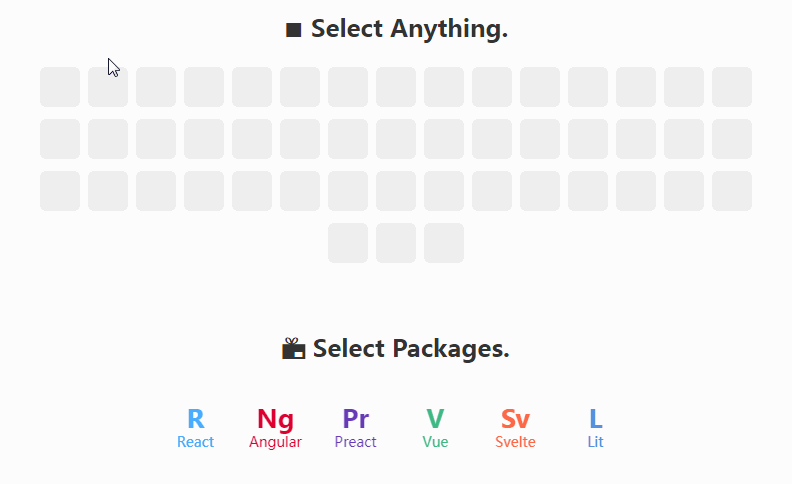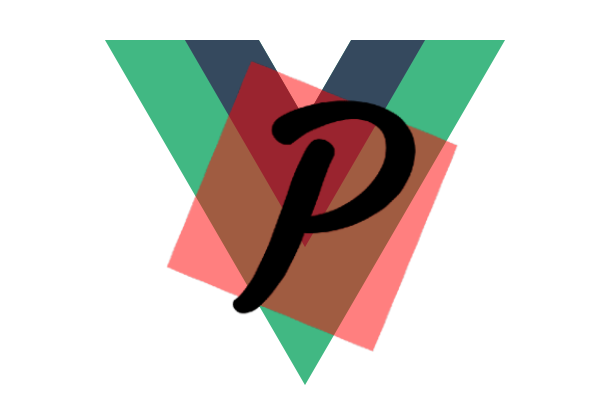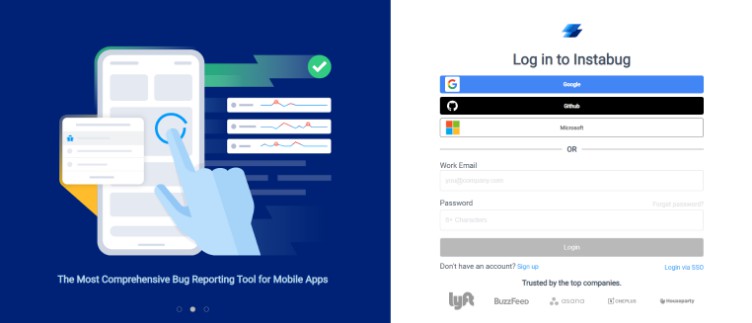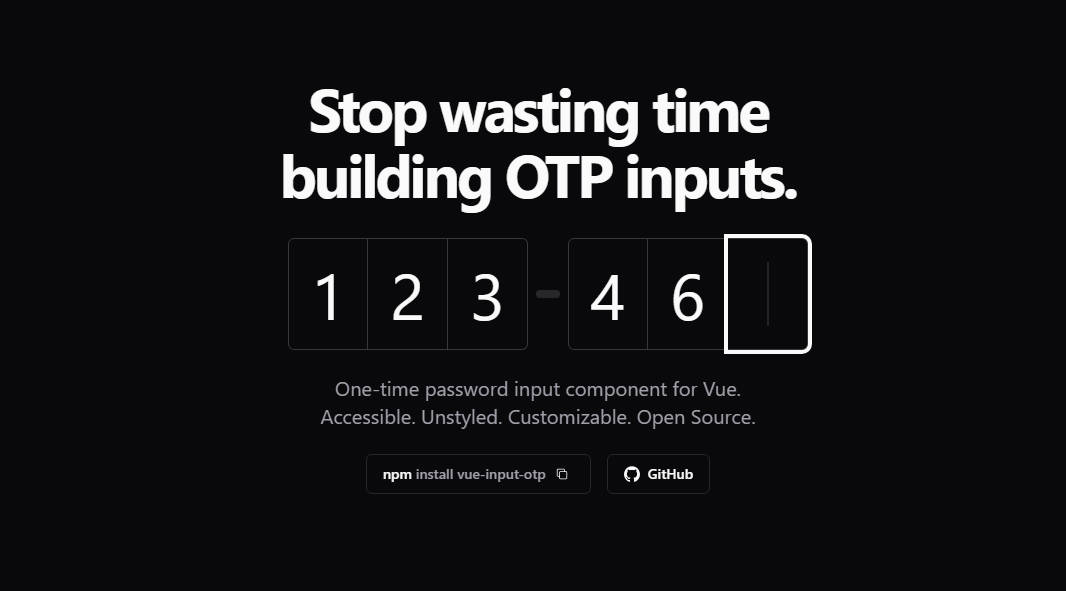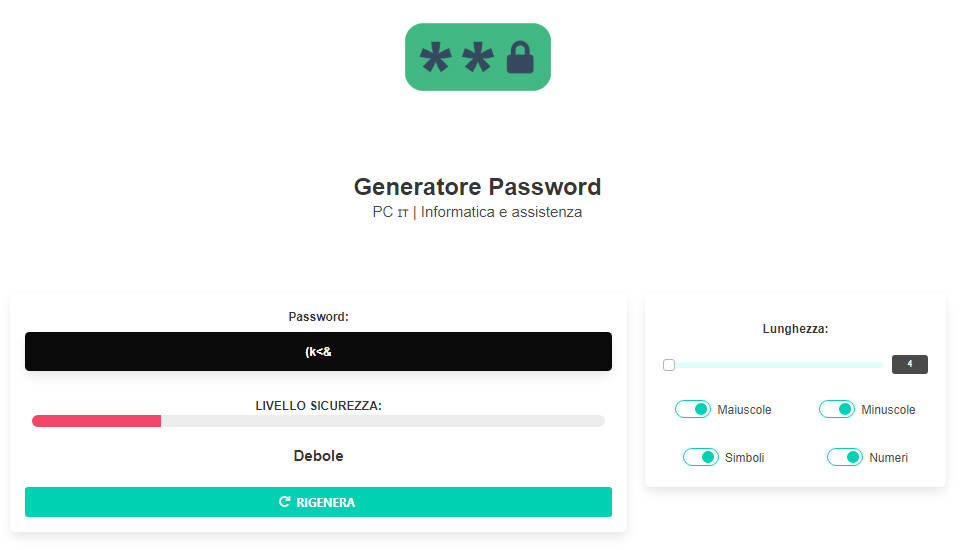signup_with_facebook_google_vue
Handling SignUp or SignIn with Google and Facebook using Pure VueJS applications without any external package.
SignIn or Signup with Facebook and Google using Vue without any external packages
Project setup
npm install
Google Setup Client ID
import GoogleAuth from '@/config/google_oAuth.js'
const gauthOption = {
clientId: 'xxxxxxxxxxxxxxxxxxxxxxxxxxxxxxxxxxxxxxxxxxxxx.apps.googleusercontent.com',
scope: 'profile email',
prompt: 'select_account'
}
Vue.use(GoogleAuth, gauthOption)
Options
| Property | Type | Required | Description |
|---|---|---|---|
| clientId | String | Required. | The app's client ID, found and created in the Google Developers Console. |
| scope | String | Optional. | Default value is profile email. Full list of scopes. |
| prompt | String | Optional. | This value using for authCode. The possible values are select_account or consent. Default value is select_account. To get refresh token from auth code, use consent. |
| fetch_basic_profile | Boolean | Optional. | If set to true, email profile openid will be automatically added as scope. Default value is true. |
Methods
| Property | Description | Type |
|---|---|---|
| GoogleAuth | return of gapi.auth2.getAuthInstance() | Object |
| isAuthorized | Whether or not you have auth | Boolean |
| isInit | Whether or not api init | Boolean |
| isLoaded | Whether or not api init. will be deprecated. | Function |
| signIn | function for sign-in | Function |
| getAuthCode | function for getting authCode | Function |
| signOut | function for sign-out | Function |
Usage
We already initalized GoogleAuth and directly we can add click event for the login button as below,
loginWithGoogle () {
this.$gAuth
.signIn()
.then(GoogleUser => {
// on success do something
console.log('GoogleUser', GoogleUser)
console.log('getId', GoogleUser.getId())
console.log('getBasicProfile', GoogleUser.getBasicProfile())
console.log('getAuthResponse', GoogleUser.getAuthResponse())
})
.catch(error => {
console.log('error', error)
})
}
Facebook App ID Setup
Important: The Facebook SDK must first be loaded asynchronously for the plugin to work. Something like this will do:
export const initFbsdk = () => {
return new Promise(resolve => {
window.fbAsyncInit = function() {
FB.init({
appId : 'xxxxxxxxxxxxxxxxxxx',
cookie : true, // enable cookies to allow the server to access the session
xfbml : true, // parse social plugins on this page
version : 'v2.8' // use graph api version 2.8
});
};
(function(d, s, id) {
var js, fjs = d.getElementsByTagName(s)[0];
if (d.getElementById(id)) return;
js = d.createElement(s); js.id = id;
js.src = "//connect.facebook.net/en_US/sdk.js";
fjs.parentNode.insertBefore(js, fjs);
}(document, 'script', 'facebook-jssdk'));
})
}
If you're not in a modular environment, just include it as a <code> <script>``</code>.
Usage
Step 1: import and use the plugin if you're in a modular environment otherwise plugin will register itself.
import { initFbsdk } from '@/config/facebook_oAuth.js'
Step 2: Initialize the Facebook instance with the app id
mounted () {
initFbsdk()
}
Step 3: Add the button click event
loginWithFacebook () {
window.FB.login(response => {
console.log('fb response', response)
}, this.params)
}
Compiles and hot-reloads for development
npm run serve
Login Screen
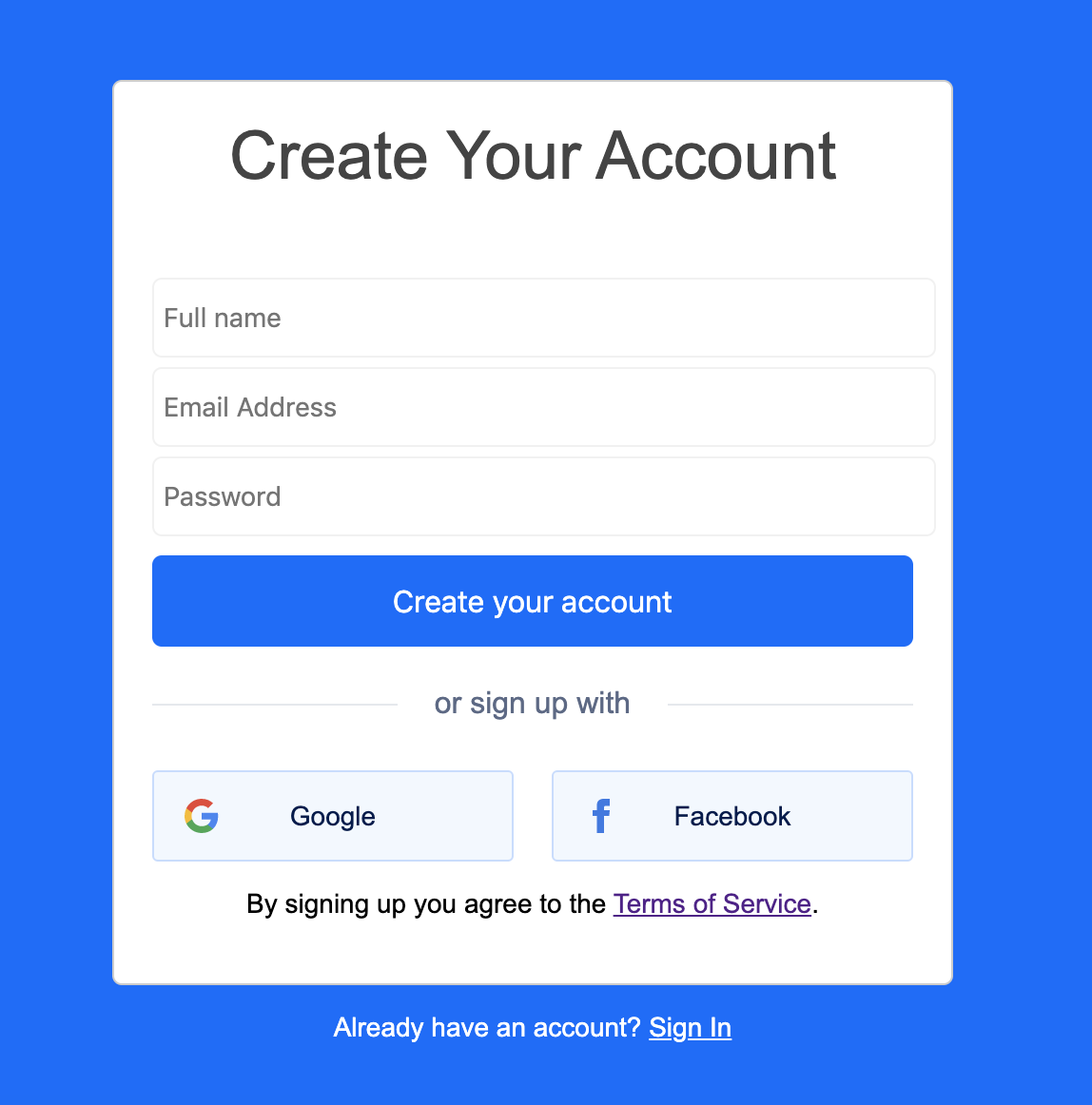
SignUp Screen
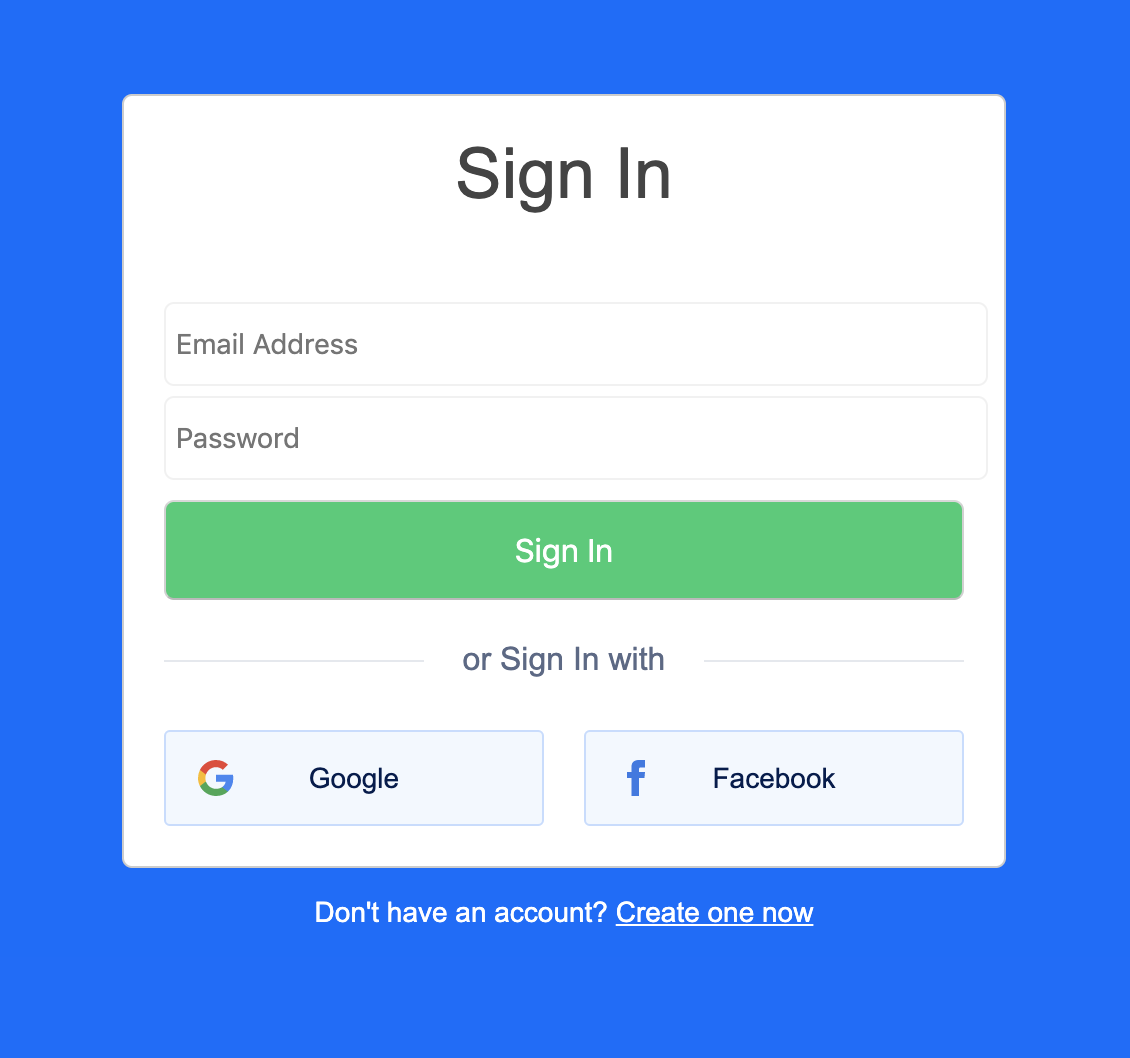
Compiles and minifies for production
npm run build
Run your tests
npm run test
Lints and fixes files
npm run lint
Run your unit tests
npm run test:unit
